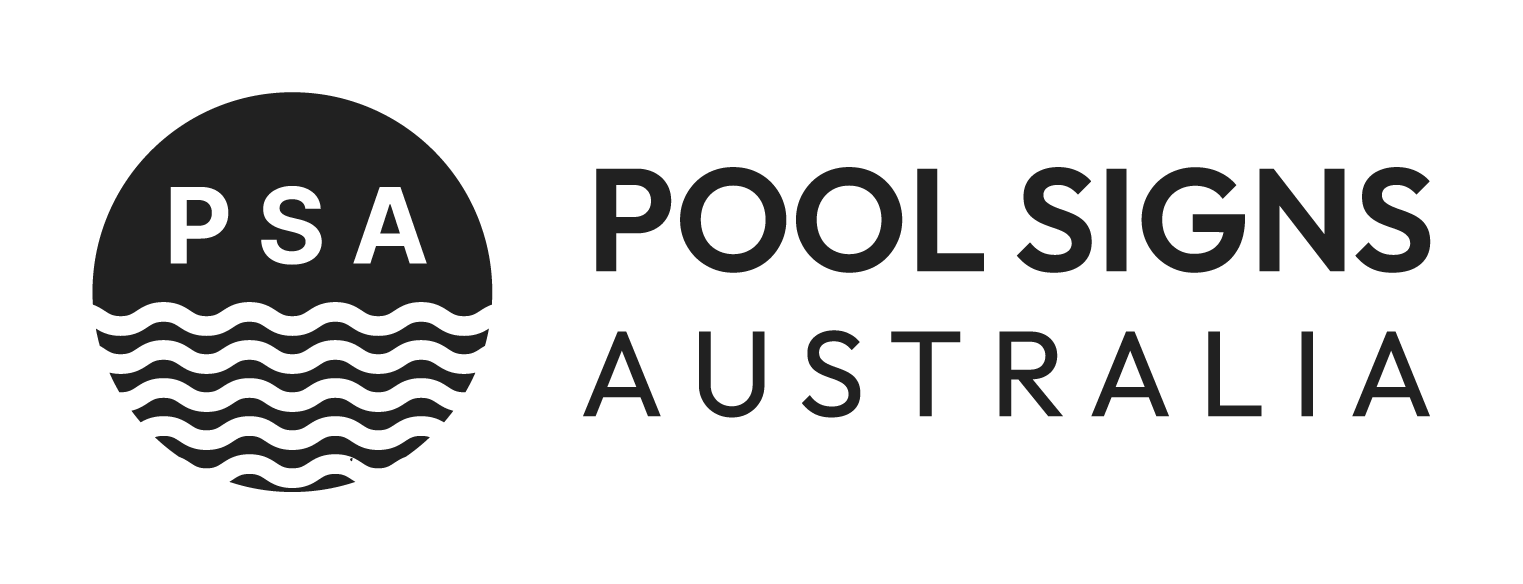Australia’s love affair with water is woven into the fabric of our lifestyle. From backyard pools to community aquatic centres and resort-style swimming areas, pools offer endless enjoyment, but also come with serious responsibilities. One of the most overlooked yet critical components of pool safety is pool safety signage. These signs do more than just comply with regulations; they save lives.
In this guide, we’ll dive into why pool safety signs are non-negotiable, what the law requires, the different types of signs you might need, and tips for choosing the right ones for your environment.
Why Pool Safety Signs Matter
Pool safety signs are often the first line of defence in preventing accidents. Whether it’s reminding swimmers of pool rules or alerting visitors to hazards like deep ends or slippery surfaces, these signs communicate essential information quickly and clearly. Importantly, they serve multiple purposes:
- Preventing drowning and injury
- Educating pool users on safety procedures
- Ensuring legal compliance with state regulations
- Minimising liability for property owners
When used correctly, pool safety signs reinforce a culture of care and responsibility around the water.
Legal Requirements for Pool Safety Signs in Australia
In Australia, pool safety is governed by a combination of state-specific legislation and the Australian Standard AS 1926.1 – Safety Barriers for Swimming Pools. While exact requirements can vary depending on your state or territory, some common legal expectations include:
CPR signage: All pools must display a compliant and up-to-date CPR instruction sign that is clearly visible from anywhere within the pool area.
Pool rules signage: For shared or commercial pools, it’s typically mandatory to display signage outlining rules such as “No diving,” “No running,” and supervision requirements.
Warning signs: These include “Shallow water,” “Slippery when wet,” or “Unsupervised pool area” messages that notify users of potential hazards.
Each state, including Queensland, New South Wales, and Victoria, has its own set of standards for what constitutes a compliant sign. Property owners, landlords, and building managers are responsible for ensuring their pool signage meets these requirements.
Failure to do so can result in fines, liability claims, or pool closure orders during inspections.
Common Types of Pool Safety Signs
Here are some of the most common and important pool safety signs:
1. CPR Signs
CPR (Cardiopulmonary Resuscitation) signage is mandatory in all residential and commercial pools. It must be clearly legible, waterproof, UV-resistant, and include the correct steps based on current resuscitation guidelines. These signs should be updated regularly to reflect changes issued by the Australian Resuscitation Council.
2. Pool Rules Sign
This sign outlines basic rules for pool use such as:
- No diving
- No running
- Children must be supervised
- No glass in pool area
- Swim at own risk
In strata-managed properties and public facilities, this is often the most visible sign.
3. Warning Signs
These draw attention to specific hazards. Common examples include:
- “Slippery Surface”
- “Deep Water”
- “Shallow End – No Diving”
- “No Lifeguard on Duty”
They are essential for communicating risks that may not be immediately obvious to swimmers.
4. Emergency Contact Signs
These signs display contact numbers for local emergency services and sometimes building management. This is particularly important in public pools, hotels, and resorts.
5. Directional and Instructional Signs
These include signs like “Exit,” “Showers this way,” or “Emergency equipment located here.” While not mandatory in all situations, they help reduce confusion and improve flow around the pool area.
Where Should Pool Safety Signs Be Placed?
Sign placement is as critical as the content. The signs must be:
- Clearly visible from all key areas of the pool
- At least 300mm x 300mm in size, depending on the requirement
- Mounted at an appropriate height (typically 1.2 metres above ground level)
- Weather-resistant, especially for outdoor pools
CPR signs, for instance, must be visible from any point within the pool enclosure, which might mean installing multiple signs if there are visual obstructions or large pool areas.
Choosing the Right Pool Safety Signs
When selecting signage for your pool, keep the following in mind:
Material Durability
Outdoor signs must withstand sun, wind, chlorine exposure, and occasional physical contact. Look for signs made from UV-stabilised plastic, aluminium composite, or marine-grade materials.
Compliance Certification
Buy signs that come with certification labels or documentation confirming compliance with your state’s legislation and the latest CPR guidelines.
Clear Graphics and Fonts
Avoid cluttered or small text. Icons and large, bold fonts improve comprehension — especially in emergencies or for those with limited English proficiency.
Reflectivity
In shaded or poorly lit areas, signs with reflective coatings can enhance visibility, especially in early morning or evening hours.
Who is Responsible for Pool Safety Signs?
Responsibility for signage depends on the setting:
- Private residences: The homeowner
- Rental properties: The landlord or property manager
- Body corporate/strata buildings: The owners corporation
- Commercial venues (e.g. hotels, resorts, gyms): The business operator or venue manager
If you’re unsure about your obligations, consult your local council or a certified pool safety inspector.
Penalties for Non-Compliance
Neglecting to install appropriate pool safety signs can have serious consequences. Depending on your location, penalties can include:
- Fines up to $5,500 for non-compliant signage in NSW
- Pool closure notices
- Legal liability if someone is injured or drowns due to lack of adequate warnings
- Insurance providers may also refuse claims if they find that proper signage was not in place during an incident.
Going Beyond the Minimum: Creating a Safe Pool Culture
While compliance is important, the goal should always be to foster a proactive safety culture. Here are a few tips to go beyond just ticking boxes:
- Review signage annually and replace any that are faded or damaged
- Update CPR signs every five years or whenever the guidelines change
- Educate family members, tenants, and staff about what the signs mean
- Add multilingual signs in areas with diverse communities
- Consider digital signs or QR codes for additional safety video content or updates
Pool safety signs are more than regulatory tools, they are lifesaving assets. Whether you’re a homeowner, landlord, or facilities manager, investing in high-quality, compliant signage is a small cost with massive protective benefits. When lives are on the line, clarity is key.
So next time you’re enjoying a sunny swim, take a moment to glance around. Are your pool safety signs visible, accurate, and up-to-date? If not, now is the time to act.




